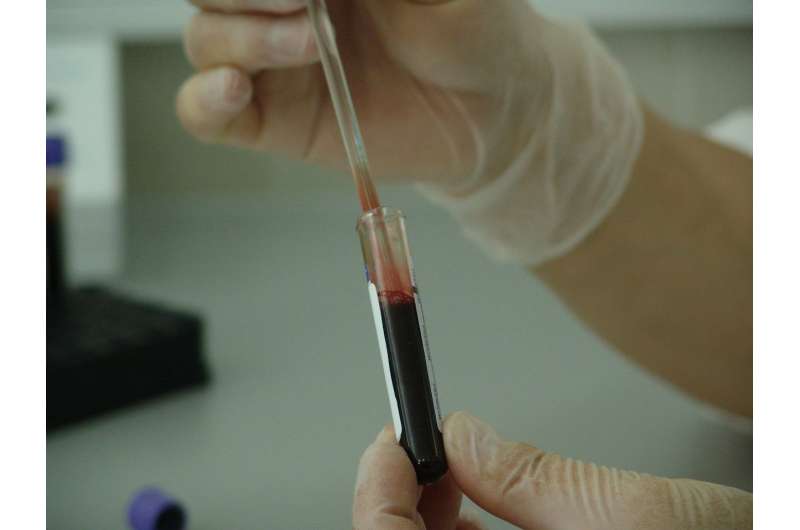Mouse Study Sheds Light on How Icelandic Mutation Confers Protection Against Alzheimer’s Disease

Recent research from RIKEN has demonstrated, for the first time in animal models, how a specific genetic mutation prevalent among Icelanders can provide protection against Alzheimer’s disease. This mutation, known as the Icelandic mutation, occurs in the gene responsible for encoding the amyloid precursor protein (APP), which is involved in the formation of amyloid plaques—a hallmark of Alzheimer’s pathology. Unlike typical mutations that often increase disease risk, the Icelandic mutation appears to decrease susceptibility to amyloid accumulation.
Historically, most mouse models for Alzheimer’s carry the Swedish mutation, which hampers efforts to study beneficial genetic factors like the Icelandic mutation. To overcome this, the RIKEN team, led by Hiroki Sasaguri, created a novel mouse model that lacks the Swedish mutation but includes the Icelandic mutation. Their studies revealed that this mutation reduces the cleavage of APP by BACE1, an enzyme crucial in amyloid beta production. As a result, mice with the Icelandic mutation exhibit significantly less beta amyloid buildup and fewer plaques, indicating a protective effect.
This breakthrough provides crucial insights into the mechanisms that can mitigate Alzheimer’s pathology and opens new avenues for potential therapies. The researchers are now exploring other protective mutations, aiming to introduce these into animal models via genome editing to develop new gene therapies. The ultimate goal is to develop safer, more affordable treatments for Alzheimer’s disease that leverage natural protective genetic factors.
Published in The Journal of Neuroscience, this research marks a significant step toward understanding genetic resilience against Alzheimer’s and highlights the potential for harnessing protective mutations in future interventions.
Stay Updated with Mia's Feed
Get the latest health & wellness insights delivered straight to your inbox.
Related Articles
New Brain Imaging Study Links Dopamine Levels to Chronic Depression in Young Women
Recent brain imaging research links reduced dopamine activity to chronic depression in young women, paving the way for improved diagnosis and treatment options.
Innovative RNA Modification-Based Liquid Biopsy Detects Early Colorectal Cancer with High Precision
A groundbreaking blood test using RNA modifications has achieved 95% accuracy in detecting early-stage colorectal cancer, promising a highly sensitive, non-invasive diagnostic tool.
The Modern Resurgence of the Plague: What We Need to Know Today
Although largely considered a historical disease, the plague still appears in the modern world. Learn about its current status, risks, and how it can be effectively treated today.



